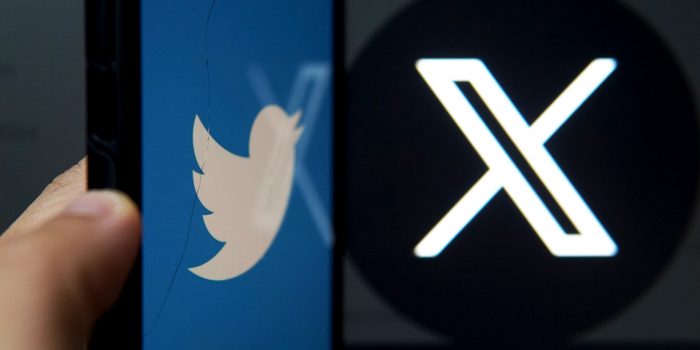In July 2023, Twitter changed a lot when its new owner, Elon Musk, decided to give it a new name, X, to make it a bigger platform. But even with this big change, many people still call it Twitter, not X.
Twitter started in 2006 and became very popular. People used words like “tweet” and “retweet” all the time. It was a place where you could share what you were thinking, see news, and talk to others. But when Elon Musk took over, things started to change. He laid off many workers, which made the platform unstable because there weren’t enough people to make sure everything was okay.

The rebrand to X was met with confusion and resistance. While Musk envisioned X as an “everything app,” integrating new features like extended video capabilities and AI, many users struggled to accept the abrupt change. The website’s branding took time to update, causing further confusion.

Critics argue that the new name lacks resonance and doesn’t capture the essence of the platform as Twitter did. The abruptness of the rebranding also contributed to user reluctance to embrace X fully. Despite Musk’s vision for innovation, the essence of the platform remained largely unchanged.
Ramon Jimenez, Global Principal at brand consultancy agency Wolff Olins, told CNN via email. “We ‘tweet,’ we ‘google,’ we ‘uber,’ and so on.”
Former Twitter employees welcomed the rebranding as a departure from the company’s original ethos, signaling the end of an era. However, for many users, the attachment to the Twitter brand remained strong, leading to continued resistance to adopting X.
“The name Twitter, that meant something to users,” Marty Neumeier, author, brand instructor and Director of Transformation at Liquid Agency — a brand agency — told CNN.
The choice of a single letter as the new name further complicated the transition, lacking the evocative nature of the original name. Users struggled to incorporate “X” into their vocabulary in the same way they did with “Twitter.” The inability to use “X” as a verb, like “tweet,” further hindered its acceptance.

“I think it’s one thing to rebrand your company if you’re launching a completely new product and you really want to widen the scope of what your brand stands for,” said journalist Zoë Schiffer. “It’s quite another thing to just slap a new name on an old product.”
Despite efforts to promote the new branding, such as advocating for X on social media platforms, the majority of users still referred to the platform as Twitter. Some even expressed their resistance through merchandise and online forums.
Ultimately, the success of the rebranding hinges on user acceptance and integration of new features that distinguish X from its predecessor. However, the deep-rooted attachment to the Twitter brand and the abruptness of the transition present significant challenges in achieving this goal. Whether X can truly replace Twitter in the minds of its users remains uncertain, highlighting the complexities of branding and user loyalty in the digital age.


